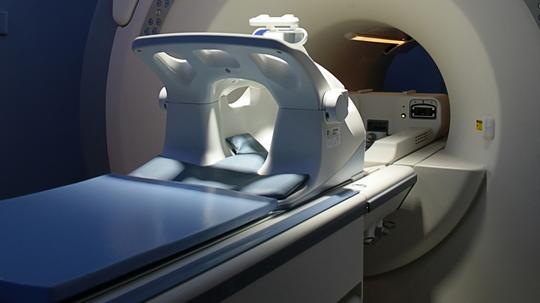
A Cary-based artificial intelligence startup cofounded by a radiologist has closed its first million-dollar round.
CoRead AI Inc. closed on more than $1 million in equity financing on Sept. 10 from three investors. In an interview, co-founder Lawrence Ngo, a radiologist by training and an associate adjunct professor at the Duke University School of Medicine, summarizes the mission – to improve patient care.
Radiologists use medical imaging – from CT scans (computerized tomography) to MRIs (magnetic resonance imaging) – to make medical diagnoses, he said. And mistakes can happen. In his residency, he remembers learning by “trial and error.”
“You do your best,” Ngo said. “And you have supervising physicians. … You get a ton of feedback during the training process.” And then it’s over. You’re a trained radiologist. And the feedback stops.
That’s where CoRead AI comes in, developing algorithms using artificial intelligence to help with radiologist's blind spots. Algorithms analyze the images and reports from radiology exams and flag studies with a high probability of error for peer review. And the technology has identified several errors, Ngo said.
Using his skillset in data science, Ngo wanted to create a tool that would use AI to help radiologists find their own mistakes. So he teamed up with his co-founder, Jacob Johnson, and got to work. And radiologists are buying in. In fact, they’re the ones who invested in the latest fundraise, including University Radiology Group, Ngo said.
The tranche of capital will go toward expanding both the technology and team. Right now, it’s a team of two. But Ngo said the plan is to start hiring.